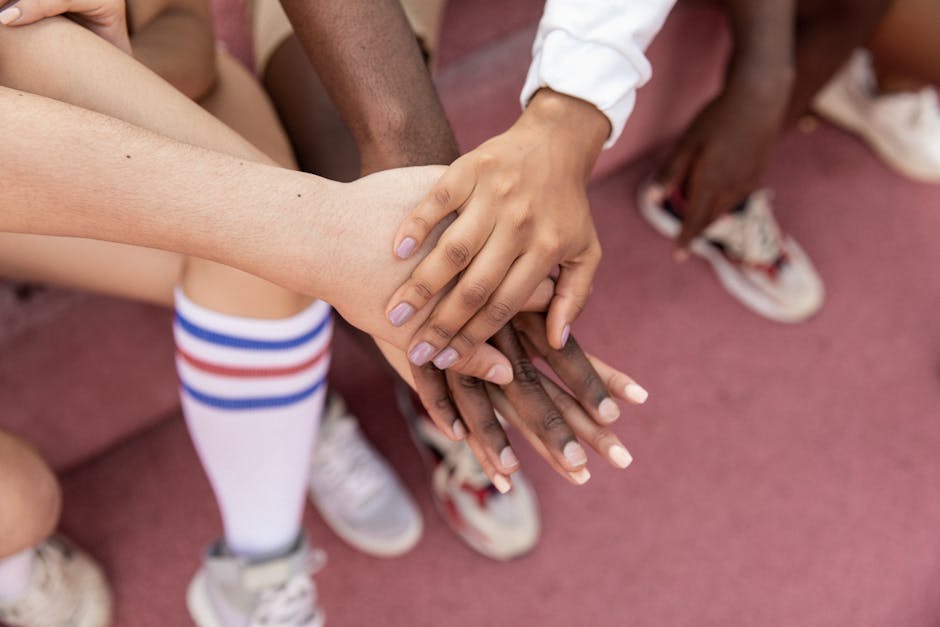Types of Padel Surfaces An Overview
Types of Padel Surfaces An Overview
Blog Article

Padel has gained immense popularity as a fast-paced and engaging sport that combines elements of tennis and squash. As with any sport, the playing surface significantly affects the game experience, from player performance to injury prevention. Choosing the right padel surface options is crucial to ensure optimal playing conditions, longevity of the court, and overall enjoyment of the game. This article delves into the various surface types available for padel courts, exploring their characteristics, benefits, and considerations for installation and maintenance.
Types of Padel Surfaces: An Overview
There are several different types of padel surfaces, each catering to specific playing styles and environmental conditions. The three most common surface options include synthetic grass, concrete, and artificial turf. Understanding the unique features of each can help players and facility owners make informed decisions about their court installations.
Synthetic Grass
Synthetic grass is one of the most popular choices for padel courts due to its excellent performance characteristics. This surface mimics natural grass but is made from durable, weather-resistant materials. One of the key benefits of synthetic grass is its ability to provide a consistent playing surface, reducing the likelihood of injuries caused by uneven ground. Additionally, it offers good drainage, which helps maintain court usability in various weather conditions.
However, synthetic grass does require regular maintenance, including brushing to keep the fibers upright and periodic infilling to maintain optimal performance. Despite these needs, many players appreciate the feel of this surface, as it allows for a comfortable playing experience.
Concrete
Concrete surfaces are known for their durability and low maintenance requirements. These courts are often found in public facilities and are appreciated for their ability to withstand heavy use without significant wear. Concrete provides a solid and fast playing surface, allowing for quick ball responses, which can enhance the pace of the game.
However, concrete surfaces can be hard on players' joints and may increase the risk of injuries, especially if not properly cushioned. It's essential to consider the installation of a shock-absorbent layer underneath the concrete to mitigate impact and enhance player comfort. While concrete may not be the preferred choice for all players, its longevity and resilience make it a viable option for many facilities.
Artificial Turf
Artificial turf has emerged as a versatile padel surface option that combines elements of synthetic grass and traditional turf. This surface type offers a soft playing area that can help reduce the impact on players' bodies, making it a popular choice for recreational and competitive play. Artificial turf is designed to provide excellent traction and a consistent ball bounce, contributing to an enjoyable playing experience.
One of the notable benefits of artificial turf is its low maintenance requirements. Unlike natural grass, which requires mowing and watering, artificial surfaces only need occasional cleaning and brushing. This can save time and resources for facility owners. However, it is essential to ensure proper installation to prevent issues like tearing or lifting at the seams.
Installation Considerations for Padel Courts
When considering different padel surface options, installation is a critical factor. Proper installation can significantly affect the court's performance and longevity. It is advisable to engage experienced contractors who specialize in padel court construction to ensure that the chosen surface is laid down correctly, following all necessary guidelines for drainage and cushioning.
Furthermore, it's important to factor in the local climate and intended use of the court when selecting a surface type. For example, regions with heavy rainfall may benefit from surfaces with superior drainage capabilities, while facilities expecting high foot traffic may prioritize durability.
Conclusion
Choosing the right padel surface is a crucial decision that can influence the quality of play and the overall enjoyment of the sport. With various padel surface options available, including synthetic grass, concrete, and artificial turf, players and facility owners must consider the unique characteristics and maintenance requirements of each type. By assessing individual preferences, playing conditions, and installation considerations, it becomes easier to select the most suitable surface for a padel court. For more detailed insights and guidance on padel surfaces, you can explore additional resources at Mondo Padel.
Report this page